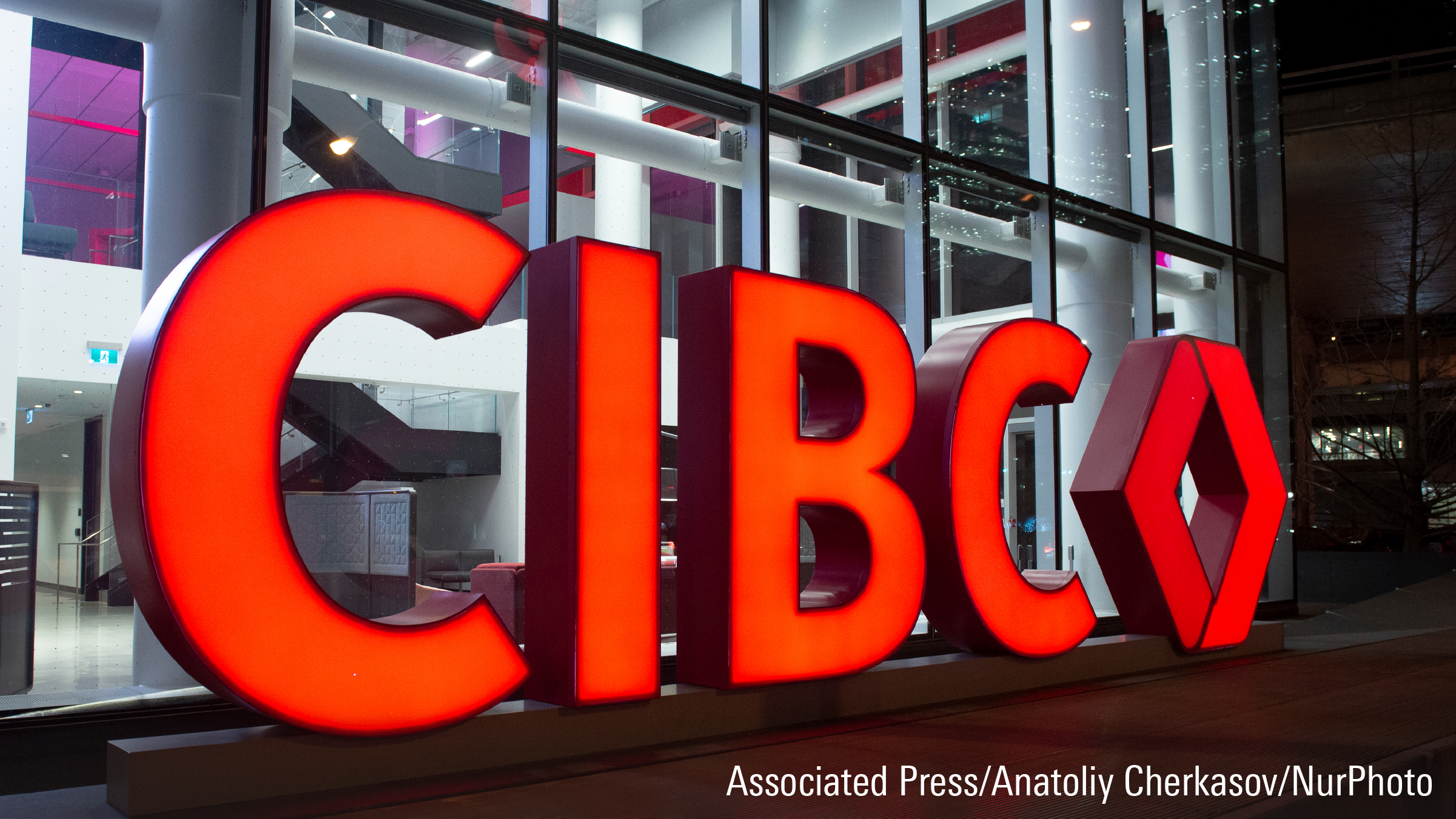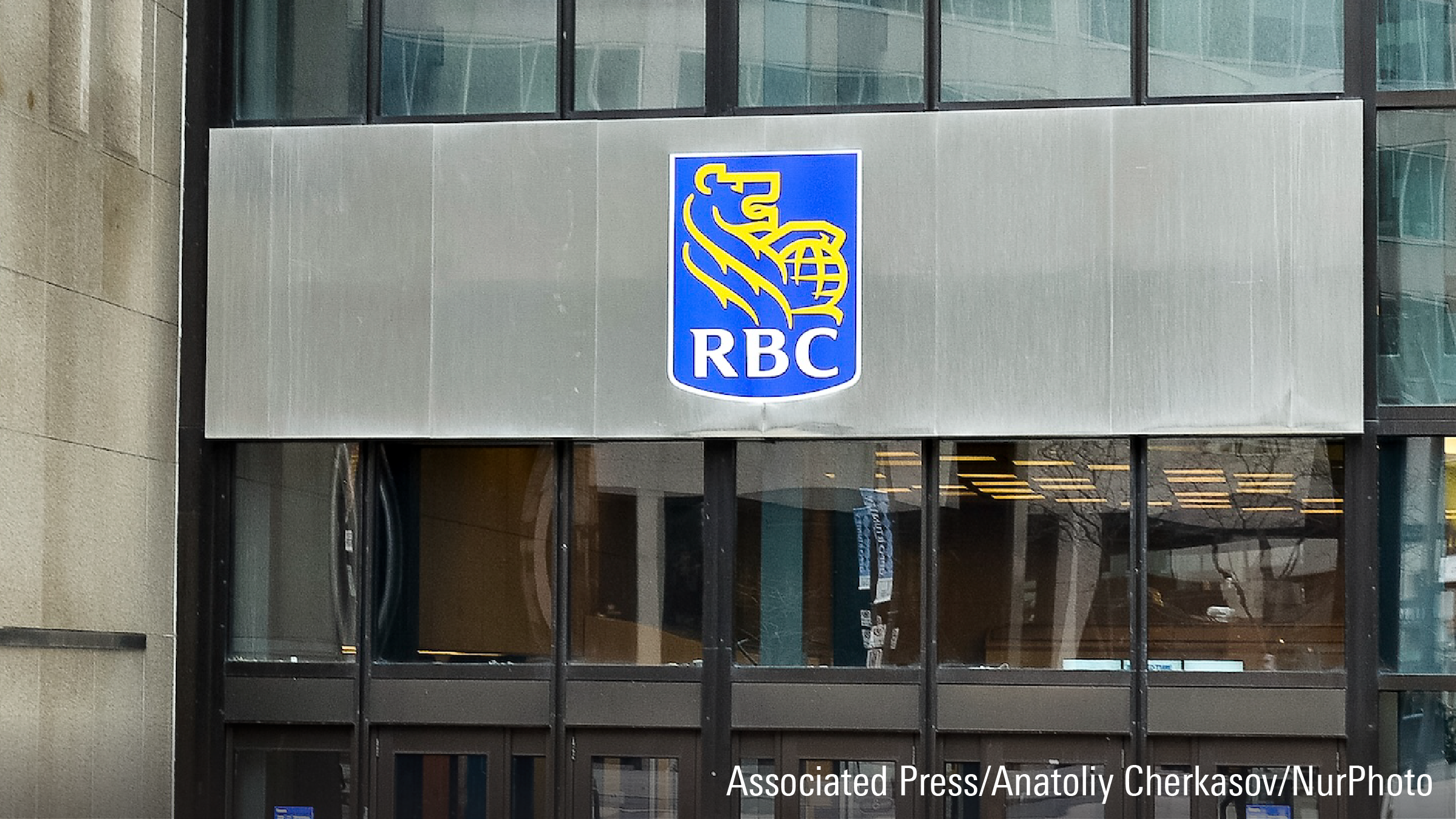With today's launch of PowerShares S&P/TSX REIT Income Index (symbol: REIT), investors can now choose from among five exchange-traded funds that specialize in Canadian real estate investment trusts. Sponsored by Invesco Canada Ltd., the PowerShares ETF seeks to outperform the broad REITs market by screening for superior distribution records.
That places the ETF, as is characteristic of most PowerShares offerings, in the strategic-beta camp. It joins two established rivals that are based on market-cap-weighted REITs indexes, along with one equal-weighted index strategy and one that is fully actively managed.
The index that the PowerShares ETF is based on holds the same 15 securities as that of the oldest and largest ETF in the Real Estate Equity category, the $1.3-billion ![]() iShares S&P/TSX Capped REIT Index XRE.
iShares S&P/TSX Capped REIT Index XRE.
But, as indicated by its name, PowerShares S&P/TSX REIT Income Index has a greater emphasis on regular monthly distributions than is already the case in this income-oriented specialty category.
The underlying index of the PowerShares ETF screens for REITs with a three-year track record of paying distributions, and calculates the volatility of those distributions. The index then weights securities on the basis of a combination of their market capitalizations and the volatility of the income distributions. By comparison, the iShares ETF, subject to a per-security cap, weights the constituent REITs according to their market capitalizations.
In explaining the rationale for distribution screening, Christopher Doll, vice-president and head of the PowerShares at Invesco Canada, told Morningstar that the track records of distributions are a sign of the financial health of the ETF's underlying holdings. He noted that distributions are the main driver of the total return that investors in REITs receive. >
Though the iShares and PowerShares ETFs each hold all the REIT constituents in the S&P/TSX Composite Index, both employ capping to ensure greater diversification by security. But while the iShares ETF can hold up to 25% in a single REIT, the PowerShares ETF employs a much tighter cap of 10%. For practical purposes, the gap between the two caps is not as wide, since the iShares ETF's top holding, Riocan REIT, had only a 17.2% weighting at the end of August.
Another difference between the iShares heavyweight and the PowerShares newcomer is in their management fees. The iShares management fee is 0.55%, and its management-expense ratio is 0.61%. The PowerShares management fee is 10 basis points lower at 0.45%, and most of that cost advantage will be preserved once it begins to report an MER.
Top honours for being the low-cost provider goes to the $152-million Vanguard FTSE Canadian Capped REIT Index VRE, which charges a management fee of 0.35% and has an MER of 0.38%.
The market-cap-weighted Vanguard ETF tracks a FTSE index that has a total of 18 REIT holdings, but there are similarities in portfolio characteristics with its iShares competitor. For instance, the average market cap of each ETF's holdings is about $3.8 billion.
Elsewhere, the $478-million ![]() BMO Equal Weight REITs Index ZRE has a much lower average market cap of $2.6 billion, reflecting its strategy of reducing security-specific risk by de-emphasizing the largest REITs. Its management fee is 0.5% and its MER is 0.61%.
BMO Equal Weight REITs Index ZRE has a much lower average market cap of $2.6 billion, reflecting its strategy of reducing security-specific risk by de-emphasizing the largest REITs. Its management fee is 0.5% and its MER is 0.61%.
Finally, ETF investors also have a fully active strategy available, through the $277-million First Asset Canadian REIT RIT, whose average market cap is lower still at a current $2 billion. This ETF, as would be expected for active management, has the highest fees of the Canadian REITs ETFs, with a management fee of 0.75% and an MER of 0.97%.
The First Asset ETF isn't a pure play on Canadian REITs. Managed by real-estate specialist Lee Goldman of First Asset Management Inc. it may also invest up to 30% of the ETF's assets in non-Canadian REITs and other real-estate-related securities. However, with a current 80.5% in Canadian securities and another 8.5% in cash, Goldman is nowhere near his foreign-content ceiling.
First Asset has provided added value historically in return for its higher costs. The ETF has returned 8.2% in the 10 years ended Aug. 31, versus 6% for its iShares rival, the only other Canadian REITs ETF with a 10-year track record. First Asset is also the performance leader over two rival REITs over five years, and beats out three rivals over two and three years.
PowerShares S&P/TSX REIT Income Index, with its strategic-beta mandate, won't have anywhere the same flexibility as First Asset. What it does bring is a middle ground for investors to choose from between passive market-cap-based investing and fully active securities selection.
















